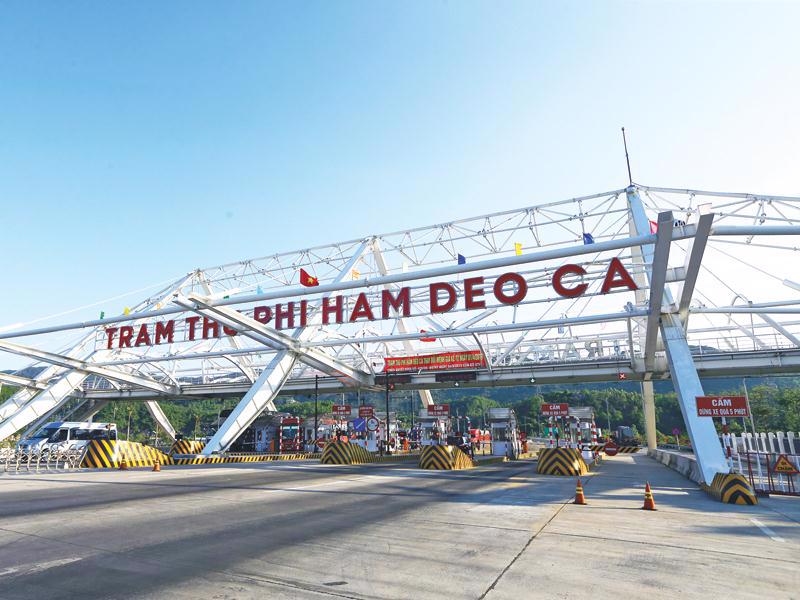INTERNATIONAL INVESTMENT
AND PORTAL
These evolving dynamics reflect significant societal shifts, which are a burgeoning middle class, the expansion of small and medium-sized enterprises, and a digitally native younger generation are reshaping the financial landscape.
 Cassandra Goh, CEO, Silverlake Axis
Cassandra Goh, CEO, Silverlake Axis
Banks are transitioning from mere custodians of capital to pivotal enablers of financial inclusion, digital payment systems, and the funding of innovative growth. The advent of AI, coupled with disruptions in traditional trade patterns, necessitates a fundamental re-evaluation of business models, workforce reskilling, and digital infrastructure modernisation across all industries, not just banking. Consequently, significant opportunities exist for early adopters and risk-takers to gain market share in the medium to long term.
For banks, this transition is imperative. Failure to adapt from fragmented core banking systems and disparate digital infrastructure will lead to operational complexity and inconsistent service quality.
Historically, tech investments have often been departmental and disjointed. However, Vietnam possesses a unique advantage due to its less entrenched legacy infrastructure, offering an opportunity for a comprehensive, front-to-back overhaul to become fully AI-enabled. A strategic focus should shift from siloed, vertical applications towards integrated, horizontal platforms to minimise maintenance complexity and reduce the total cost of ownership over time.
To effectively address these challenges, banks must implement a cohesive digital strategy driven by adoption of highly scalable and AI-ready core applications, as well as a holistic IT strategy.
While significant investments have been made in front-end digitalisation, a deeper consolidation of legacy infrastructure is now essential. This comprehensive transformation is critical not only for long-term cost reduction and complexity mitigation but also for enhancing domain knowledge retention and amplifying both individual and collective intelligence within the organisation.
For instance, investments in trade finance technology should be evaluated within the broader framework of the entire corporate banking workflow, encompassing both business and technology aspects. Traditional approaches often treat back-office applications and front-office verticals in isolation, hindering the integrated efficiencies promised by AI.
While the shift towards cloud-native solutions is underway, the long-term maintenance of technology infrastructure can become challenging due to intricate integrations and the proliferation of open-source technologies. Instead of focusing on isolated AI applications for front-end tasks like chatbots, banks should prioritise leveraging AI to optimise overall workflows, processes, and efficiency.
Vietnam’s banking sector also faces growing external pressures. Regional banks are navigating the impact of global interest rate hikes, tighter capital flows, and ongoing geopolitical tensions, and Vietnam is no exception. These headwinds are contributing to slower credit growth and rising default risks, especially in sectors like real estate, which many banks remain heavily exposed to.
Vietnamese banks lag regional counterparts due to structural issues like underinvestment in core infrastructure and limited cloud adoption. The fragmented platforms prevalent in many Vietnamese banks contribute to operational inefficiencies.
Banks need to place more emphasis on building resilience and innovation if they aim to safeguard against these shocks. This again requires rethinking banking processes holistically, from credit assessment to risk management, before selecting the right technologies to support them.
The country has also pledged to reach net-zero emissions by 2050, but progress in green finance remains slow. As of now, green credit accounts for just 4.2 per cent of total bank lending.
There is a noticeable, albeit slow, momentum of change. With regional neighbours like Singapore and Indonesia having introduced national green taxonomies, there is impetus for Vietnam to follow suit. This would give banks a much-needed framework for environmental, social, and governance (ESG) lending and investment.
The opportunity is clear that banks can take the lead in supporting the country’s green transition by developing new financial products tied to sustainability goals and facilitating transition financing for businesses looking to decarbonise.
However, the persistent lack of standardisation, limited ESG disclosure, and insufficient regulatory clarity continue to hold the market back. If banks can work closely with regulators and digital infrastructure providers, they will be well-placed to accelerate Vietnam’s shift towards a low-carbon economy.
Vietnam’s banks are evolving, but the transformation is still uneven. On one hand, there is visible progress in digital modernisation and steps being taken to build resilience against global volatility. On the other hand, ESG finance remains at an early stage, and more work is needed to align with regional and international standards.
The future of Vietnam’s banking sector will rely on regulatory support, strong partnerships, and strategic investments in technology and talent. By building on these foundations, Vietnamese banks can move beyond their traditional roles to become true drivers of the country’s next phase of growth.



















